Conquering Winter's Wrath: The Best Cars for Snowy Weather
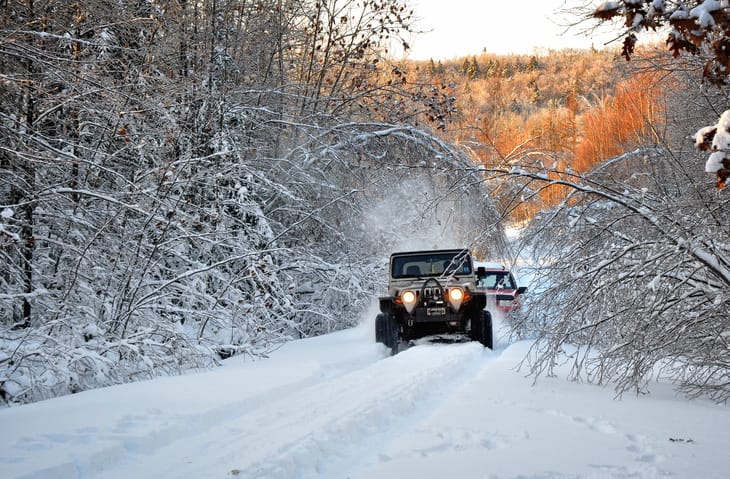
Winter's beauty can be deceiving. Snow-covered landscapes hold a certain charm, but navigating those same roads can be a nerve-wracking experience. Choosing the right car for winter driving is paramount for safety and peace of mind. This article dives deep into the world of winter-ready vehicles, exploring features that enhance traction and highlighting some of the best car options for snowy conditions.
Traction: The Bedrock of Winter Performance
A car's ability to grip the road in winter boils down to traction. Here's a breakdown of the key factors that influence it:
- Drivetrain: All-wheel drive (AWD) is the gold standard for winter driving. It distributes power to all four wheels, providing superior grip on slippery surfaces compared to front-wheel drive (FWD) or rear-wheel drive (RWD) systems. However, AWD isn't a magic bullet. Responsible driving habits remain crucial.
- Tires: Even the most capable AWD system can't compensate for poor tires. Winter tires are engineered with softer rubber compounds that stay flexible in cold temperatures, maintaining better contact with the road. They also have deeper treads with biting edges to grip snow and ice effectively. Studded tires offer additional traction on ice but may be restricted in some areas due to noise and potential road damage.
- Ground Clearance: Higher ground clearance allows your car to travel over snow without scraping the undercarriage. This is particularly important for navigating unplowed roads or deeper snowdrifts. SUVs, crossovers, and trucks typically offer more ground clearance than sedans.
- Electronic Stability Control (ESC): This crucial safety feature helps maintain control during skids by automatically adjusting engine throttle and applying brakes to individual wheels. ESC is a valuable tool for winter driving, as it can help correct for loss of traction.
Beyond Traction: Features for Winter Comfort and Confidence
While traction is essential, several other features contribute to a safe and comfortable winter driving experience:
- Heated Seats and Steering Wheel: These creature comforts provide a welcome respite from the cold, allowing you to focus on the road instead of shivering.
- Heated Windshield: This feature quickly melts frost and snow on the windshield, improving visibility significantly.
- Blind Spot Monitoring: Reduced visibility in winter makes blind spot monitoring even more valuable. This feature helps detect vehicles in your blind spot, preventing potential accidents.
- Remote Start: A remote start allows you to pre-warm your car's interior before you get in, ensuring a comfortable and defrosted cabin when you hit the road.
- Spacious Cargo Area: Winter often means extra gear – snow boots, shovels, and winter supplies. A spacious cargo area allows you to store these items safely without compromising passenger space.
Top Contenders: Winter-Ready Cars for Every Need
With the importance of traction and features in mind, let's explore some of the top contenders in various vehicle categories:
SUVs and Crossovers:
- Subaru Outback: A perennial favorite, the Subaru Outback boasts symmetrical AWD, excellent ground clearance, and a spacious interior, making it a versatile choice for winter adventures.
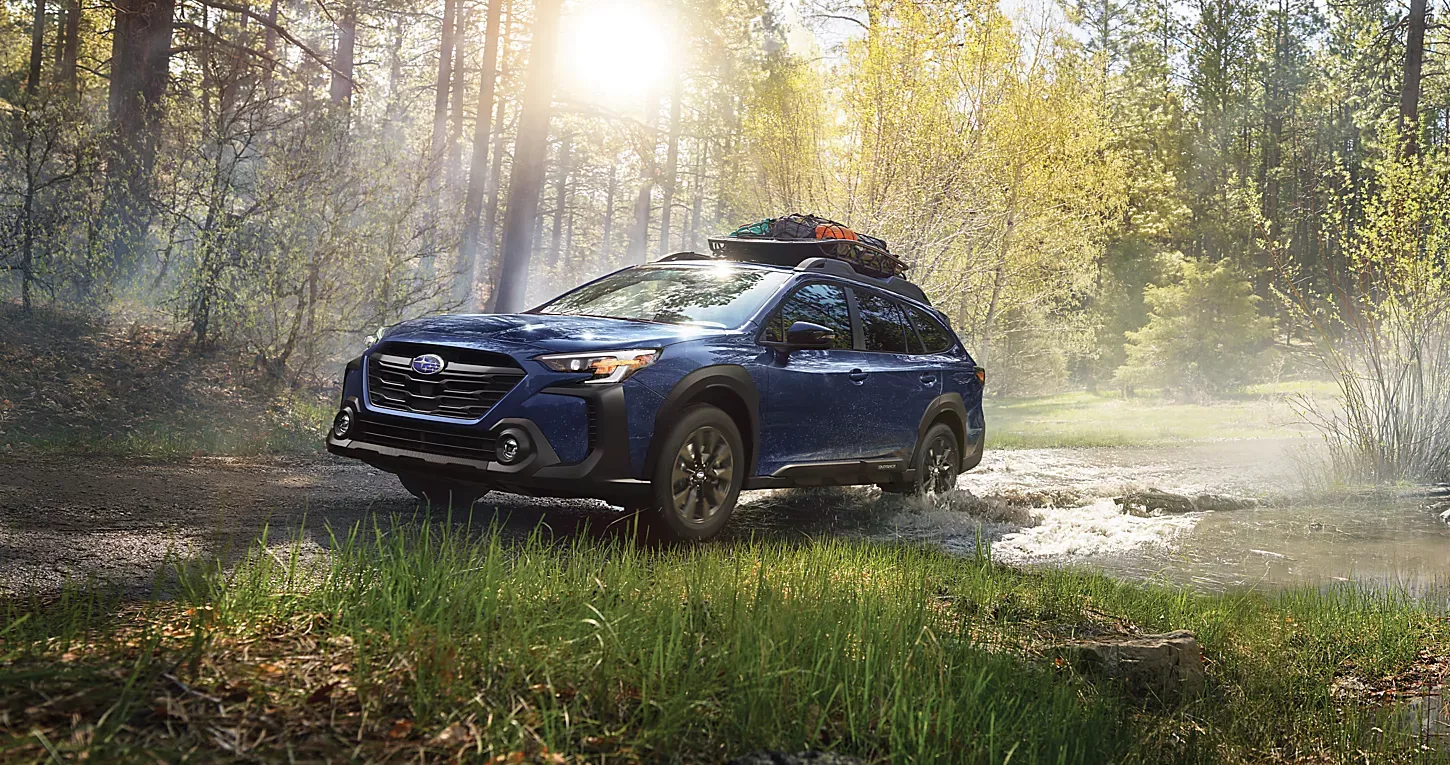
- Volvo V90 Cross Country: This luxurious wagon offers a sophisticated all-wheel-drive system, exceptional safety features, and a comfortable heated cabin, perfect for long winter journeys.
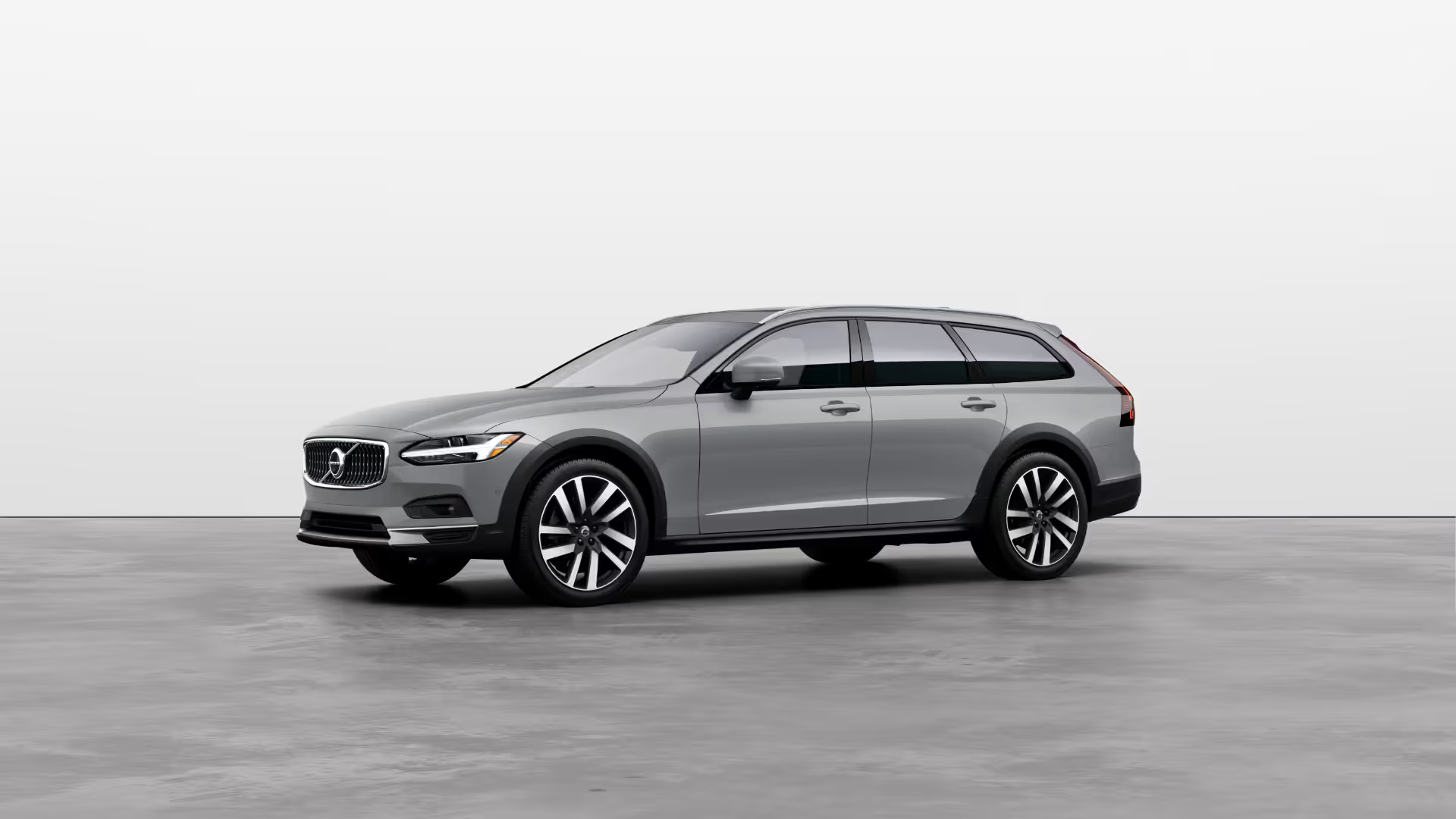
- Jeep Wrangler: An off-road legend, the Wrangler's rugged build, four-wheel-drive options, and high ground clearance make it a force to be reckoned with in even the harshest winter conditions.
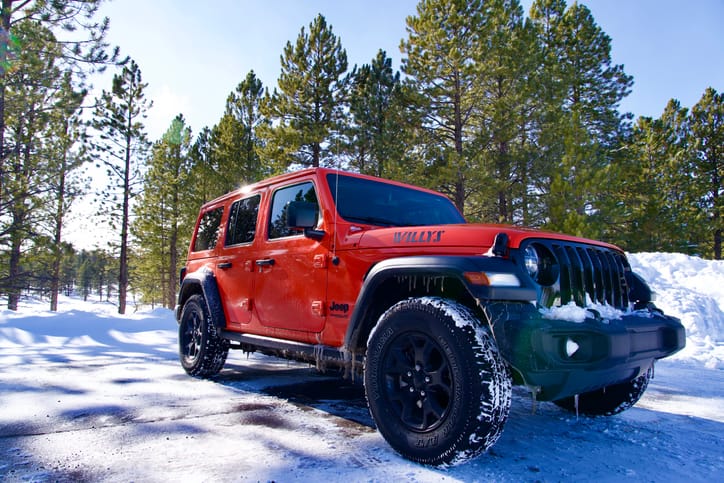
Sedans:
- Audi A4 Quattro: Audi's Quattro all-wheel-drive system is renowned for its performance, and the A4 offers a compelling combination of luxury, handling, and winter capability.
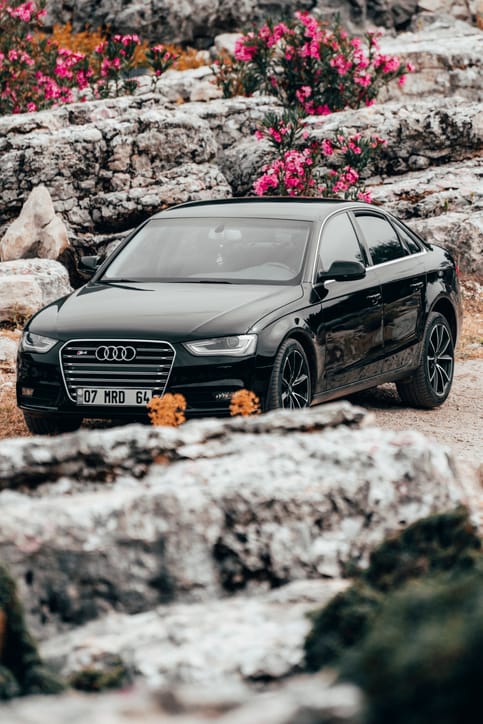
- Subaru Legacy: Subaru's AWD prowess extends to their sedans as well. The Legacy delivers a comfortable ride with excellent traction for snowy commutes.
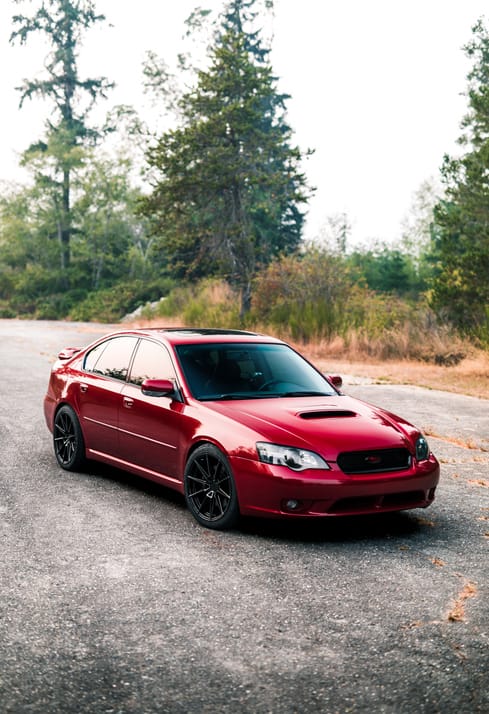
- Toyota Camry AWD: A reliable and fuel-efficient option, the Camry with AWD provides a surprising amount of winter driving capability without sacrificing practicality.
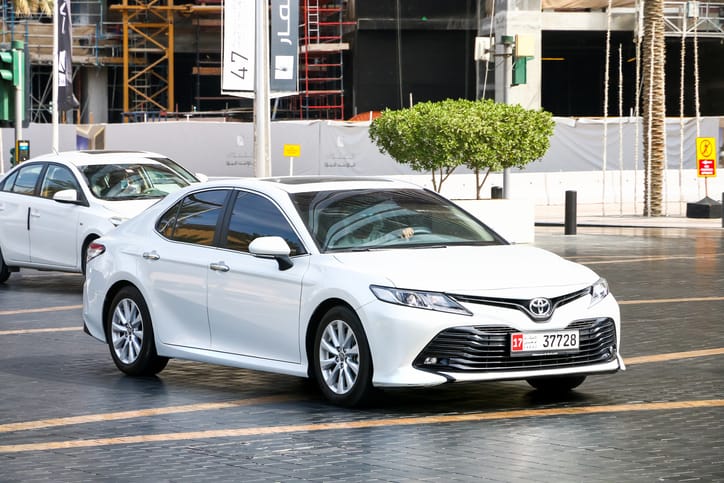
Trucks:
- Ford F-150: A perennial best-seller, the F-150 offers a variety of powerful engines and capable four-wheel-drive systems, making it a workhorse for winter chores and hauling heavy loads.
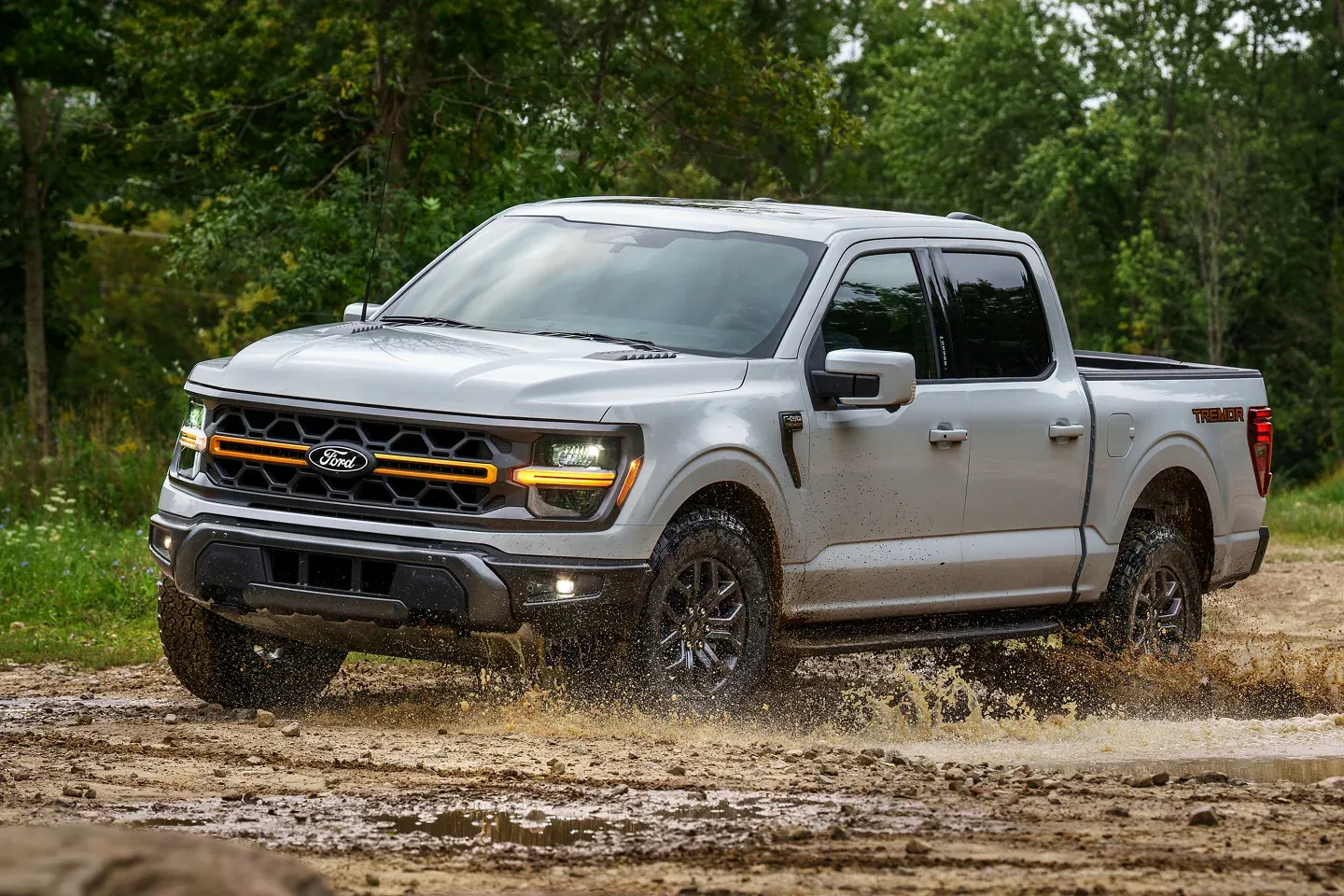
- Ram 1500: Ram trucks are known for their luxurious interiors and impressive towing capacity. With a four-wheel-drive option, the Ram 1500 can handle winter weather while offering a comfortable ride.
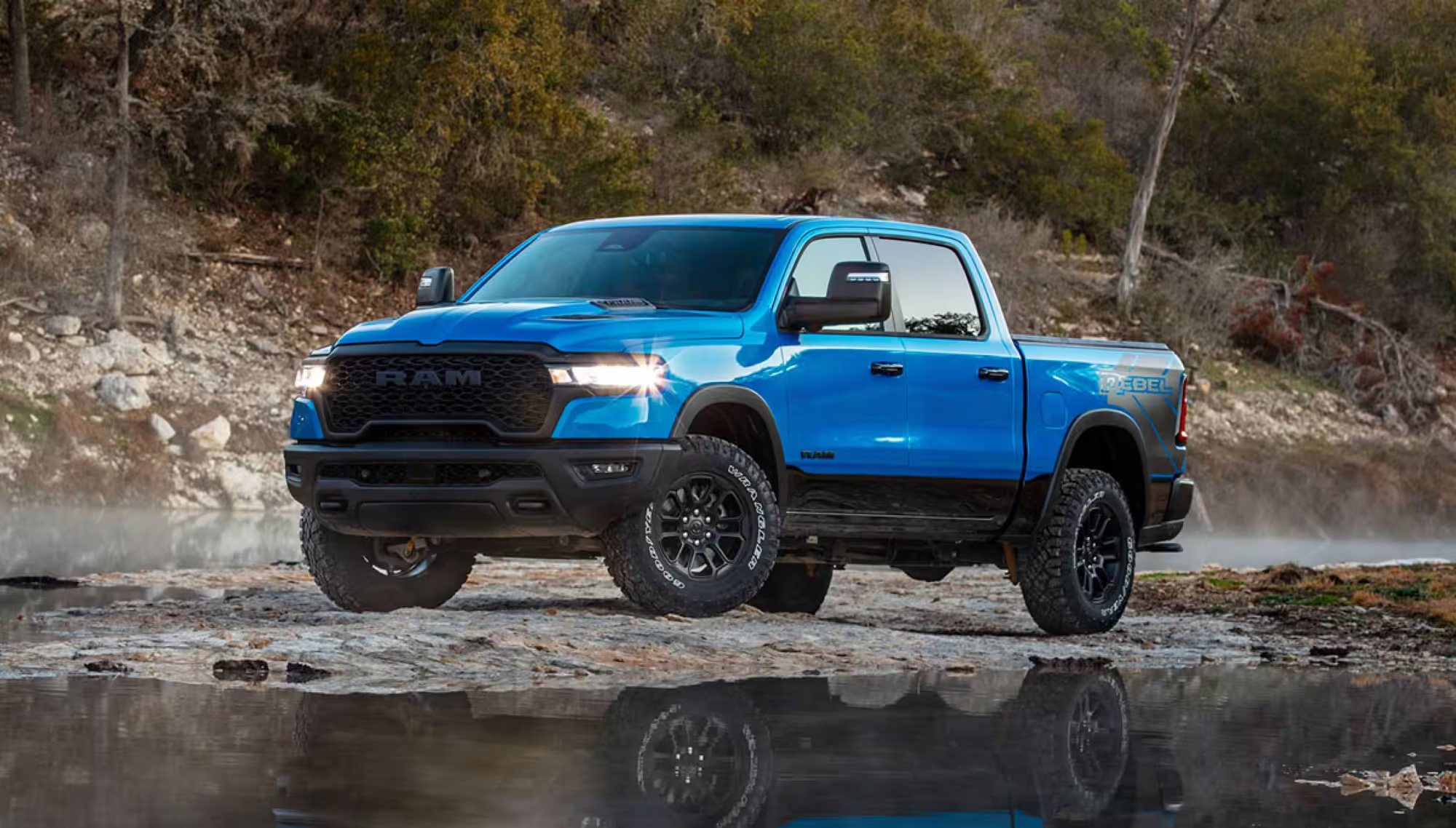
- Toyota Tundra: Toyota's reputation for reliability extends to winter driving. The Tundra's four-wheel-drive system and impressive towing capacity make it a capable choice for those who need a truck for winter tasks.
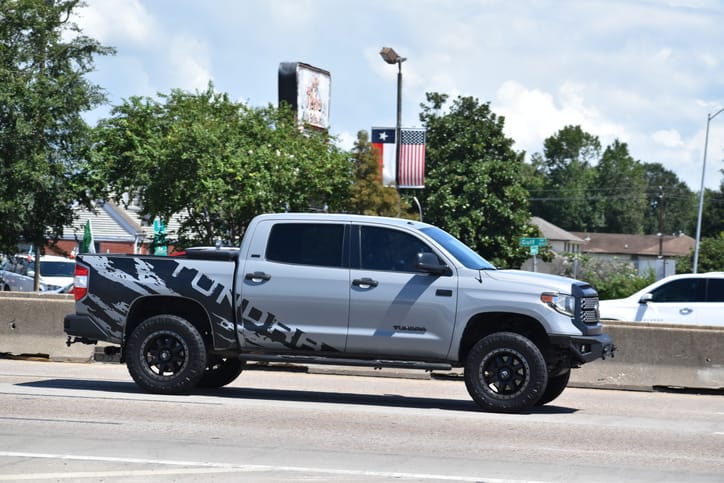
Additional Considerations:
- Fuel Efficiency: Winter driving can often lead to decreased fuel efficiency due to factors like using AWD and battling cold temperatures. Consider a car with a good fuel economy rating to offset these winter-related drops.
- Safety Ratings: Winter weather can exacerbate existing safety hazards. Choose a car with high safety ratings from organizations like the National Highway Traffic Safety Administration (NHTSA) and the Insurance Institute for Highway Safety (IIHS).
- Budget: New and used car prices can vary greatly. Decide on a budget that fits your needs and prioritize features that are most important for your winter driving conditions.
Test Drive and Prepare for Winter
Once you've narrowed down your options based on traction, features, and personal needs, it's crucial to take a test drive in winter conditions if possible. This will allow you to experience firsthand how the car handles snow and ice.
- Get a winter tune-up: Ensure your car is in top condition before winter arrives. A tune-up can identify and address any potential issues that could be exacerbated by cold weather.
- Invest in a winter car care kit: This kit should include essentials like jumper cables, an ice scraper, a snowbrush, and a bag of sand for traction in case you get stuck.
- Keep your gas tank at least half full: This can prevent condensation from forming in the gas tank, which can lead to freezing and engine problems.
By choosing the right car, equipping it properly, and practicing safe driving habits, you can navigate winter roads with confidence and ensure a safe and enjoyable driving experience even in the harshest conditions. Remember, winter preparedness is key. So, research, test drive, and be prepared to conquer the snow!
